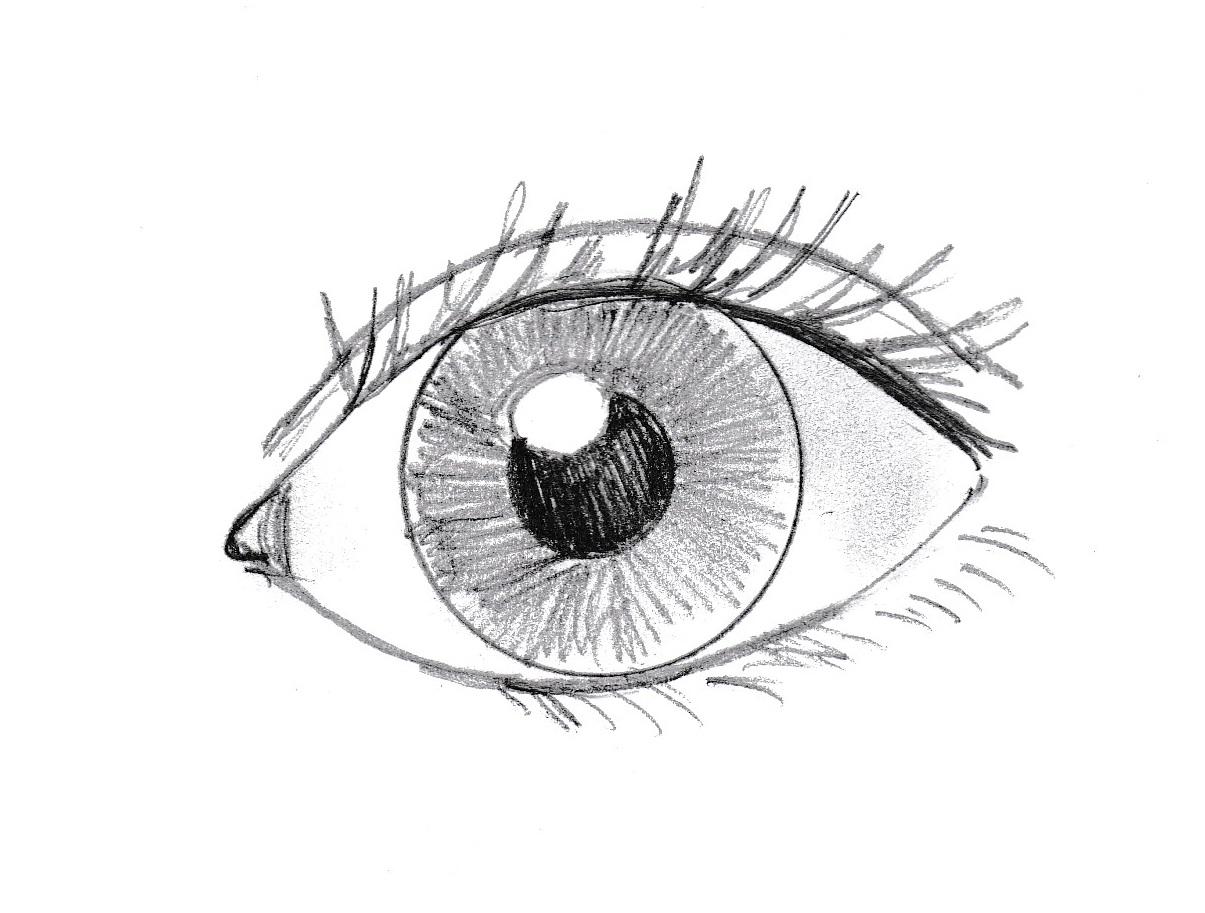


Develop the skin texture around the eye.Shade the whites of the eye, tear duct, and eyelid.Draw the contours (outlines) of the eye.It's important to be patient - creating a realistic illusion takes time. Each step is broken down in more depth below. Here are the steps that we'll take to draw a realistic eye. This surface creates smoother transitions of value, but easily smears. Materials For This Lessonįor this drawing lesson, a series of graphite applications are patiently applied on smooth Bristol paper. If the softer pencils produce unwanted textures, then additional applications of harder graphite can be applied, working the material into the tooth or texture of the paper. Softer pencils are applied on top, pushing values darker. Harder pencils, which produce lighter marks, are applied first. Textures develop through layered applications of graphite of varying hardness. Just like other art-making mediums like colored pencils or pen and ink, graphite applications must be patiently layered and deliberately applied. If realism is your goal, then patience must be practiced.
Drawings and pictures of eyeballs how to#
How to Draw an Eye with Colored Pencils.If you'd like to take a look at how this process is different using different mediums, then the following lessons may be helpful. Of course, the approach that you take is different according to the medium that you choose to use. This lesson is focused on teaching you how to draw eyes with graphite pencils. To create the representational effect that we're after, we'll gradually build up layered applications of graphite to develop the value and the texture. After drawing out the basic contours, we'll gradually develop the tonal range of the eye.


 0 kommentar(er)
0 kommentar(er)
